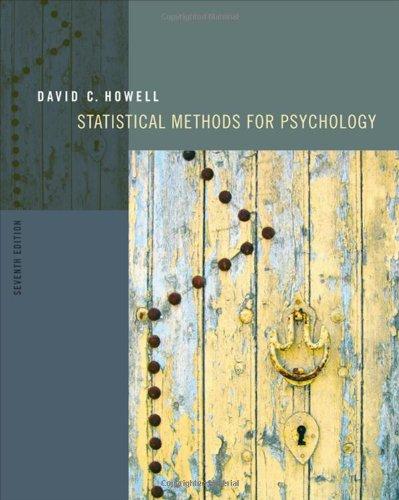If you go back to the reaction time data presented as a frequency distribution in Table 2.2
Question:
If you go back to the reaction time data presented as a frequency distribution in Table 2.2 and Figure 2.1, you will see that they are not normally distributed. For these data the mean is 60.26 and the standard deviation is 13.01. By simple counting, you can calculate exactly what percentage of the sample lies above or below 61.0, 1.5, 2.0, 2.5, and 3.0 standard deviations from the mean. You can also calculate, from tables of the normal distribution, what percentage of scores would lie above or below those cutoffs if the distribution were perfectly normal. Calculate these values and plot them against each other. (You have just created a partial Q-Q plot.) Using either this plot or a complete Q-Q plot describe what it tells you about how the data depart from a normal distribution. How would your answers change if the sample had been very much larger or very much smaller?
Step by Step Answer:







